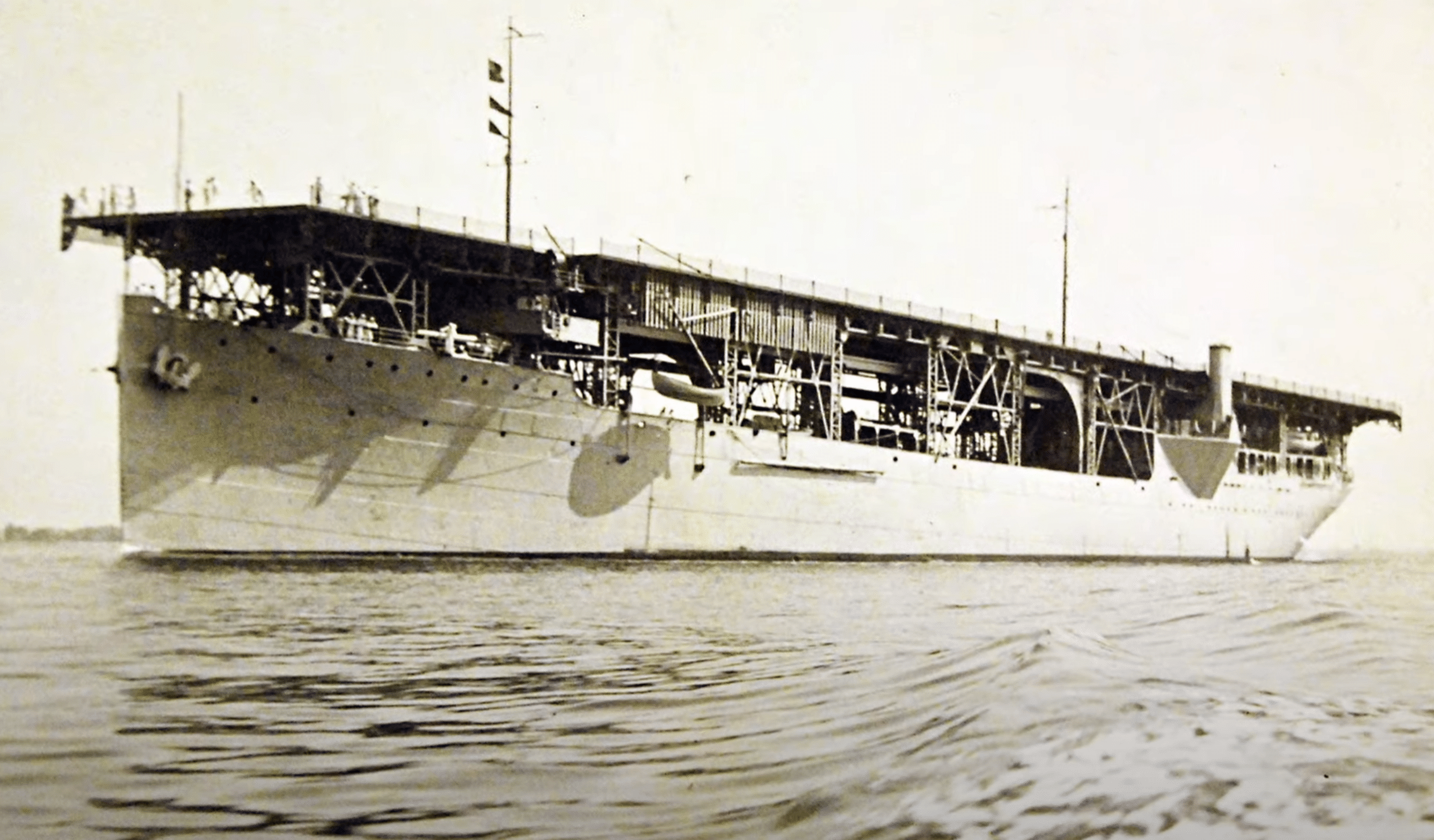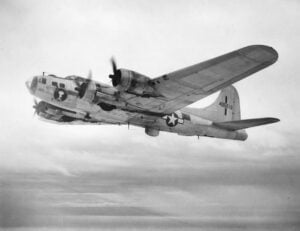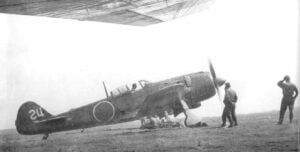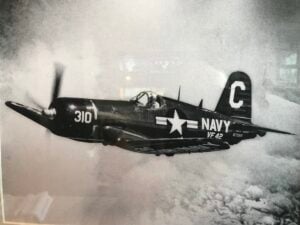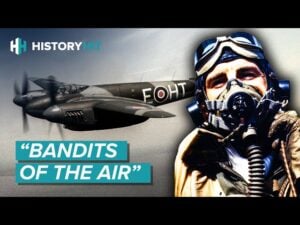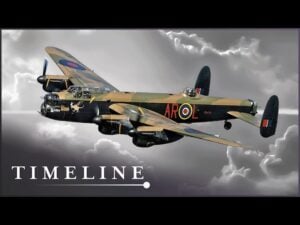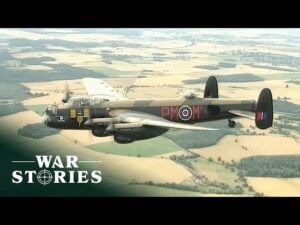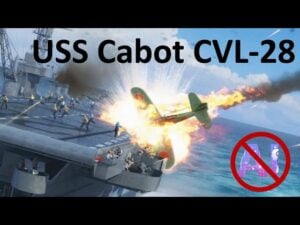The Coal Ship That Became The First US Aircraft Carrier That Served Both WWI and WWII
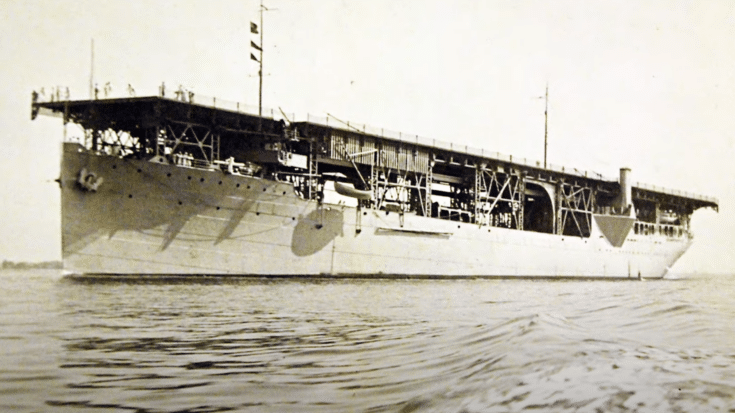
AeroExploration / YouTube
Early Ideas About Planes at Sea
In the early 1900s, flight was still new. The Wright brothers had only just shown that flying was possible. But people were already asking if airplanes could be used in war. In 1910, a pilot named Eugene Ely became the first person to take off from a ship. The next year, he landed on one. These two flights proved that it might be possible to use airplanes with warships.
During World War I, the US and British navies used seaplanes to hunt submarines from bases on land. But there was no ship yet that could launch and recover planes at sea. Some naval officers started to think about building a ship just for that purpose. It was a new idea, and not everyone agreed with it.
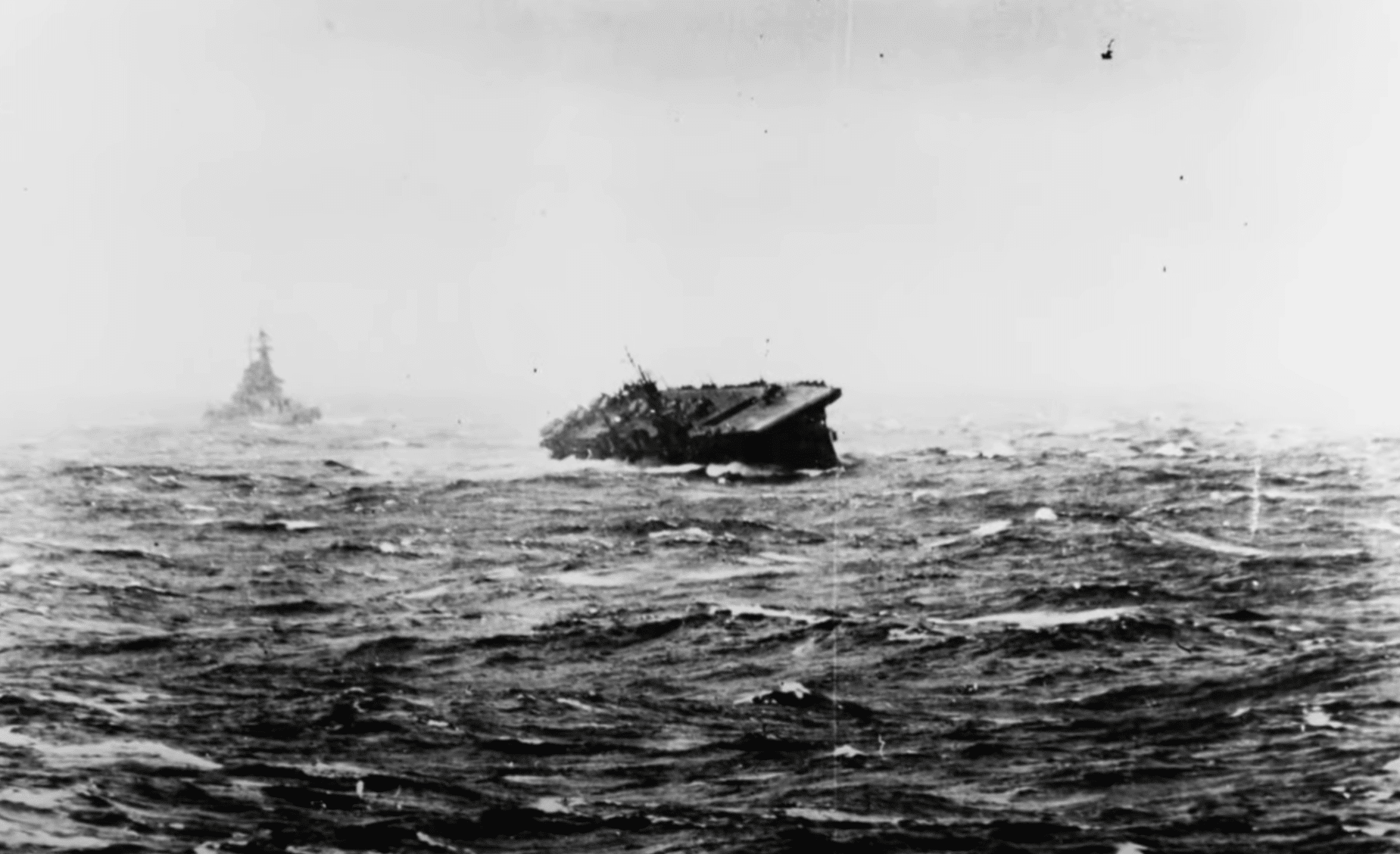
Turning a Coal Ship into a Carrier
One of the strongest voices for this new idea was Commander Kenneth Whiting. He believed the Navy needed a ship that could test out plane operations at sea. He and others pushed for it, pointing to what the British had already done with small flight platforms. The US Navy decided to try it, but they didn’t build a new ship. Instead, they chose to convert an old coal ship called the USS Jupiter.
Jupiter had no major role in World War I. But in 1920, the Navy began turning her into a new kind of ship. They added a flat wooden deck, hangar space, and equipment to move planes up and down. On March 20, 1922, the ship was renamed USS Langley, after aviation pioneer Samuel P. Langley. It became the Navy’s first aircraft carrier and was given the hull number CV-1.
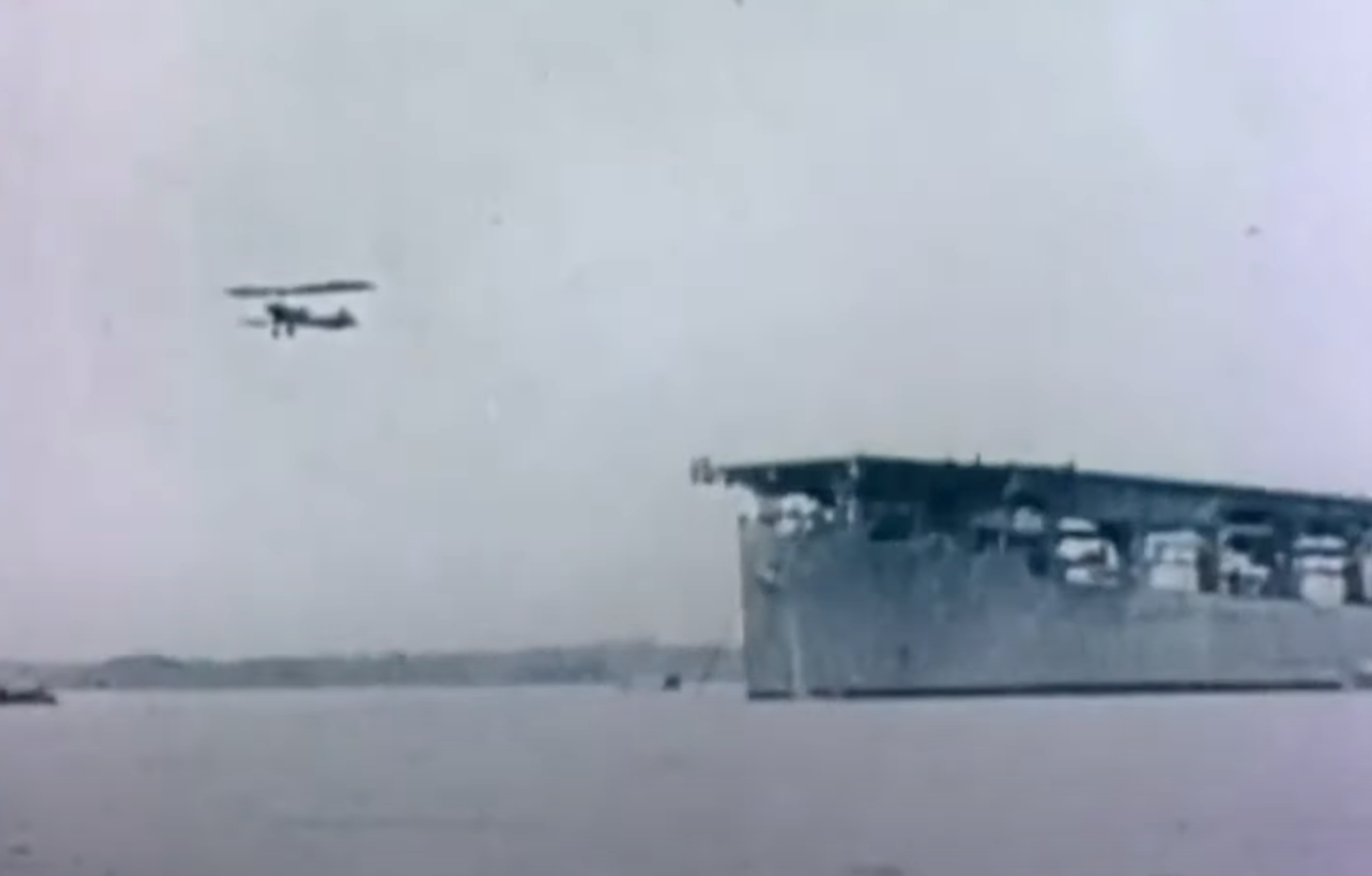
Learning How to Use a Carrier
The Langley was not a big ship. Her flight deck was about 534 feet long, and her crew was small compared to modern standards. But she played an important role. She was used to test and train pilots in how to take off and land on a moving deck. On October 17, 1922, Lieutenant Virgil Griffin made the first takeoff from the ship.
Landing was harder. Pilots had to touch down on a narrow deck while the ship moved with the waves. Every flight helped the Navy learn what worked and what didn’t. The Langley became a floating classroom for carrier operations. The training done on her helped shape the designs of later carriers like the Lexington and Saratoga.
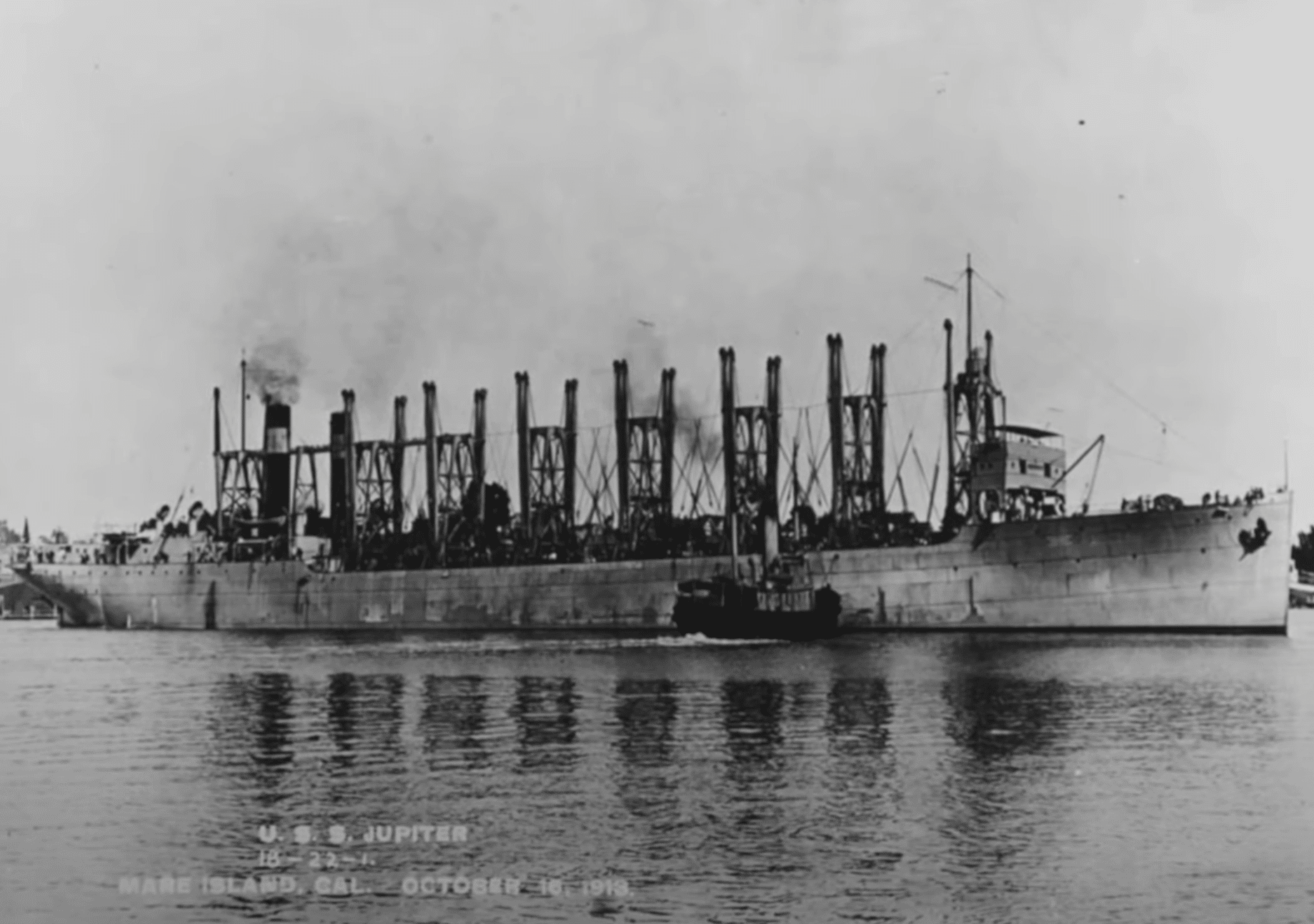
Later Use and Final Mission
One of the most useful ideas tested on Langley was the use of a landing signal officer. This person stood on the deck and guided incoming planes with hand signals. It made landings safer and faster. The method became standard on all future carriers.
By the 1930s, Langley was outdated. New carriers were larger and better. She was changed into a transport ship that carried planes instead of launching them. But she still played a role in the Second World War. In early 1942, she was delivering aircraft to Allied forces in the Pacific.
On February 27, 1942, Langley was attacked by Japanese bombers. She was hit several times and set on fire. Her crew abandoned ship and scuttled her to keep her from being captured. The first US carrier was gone, but her impact lasted.
